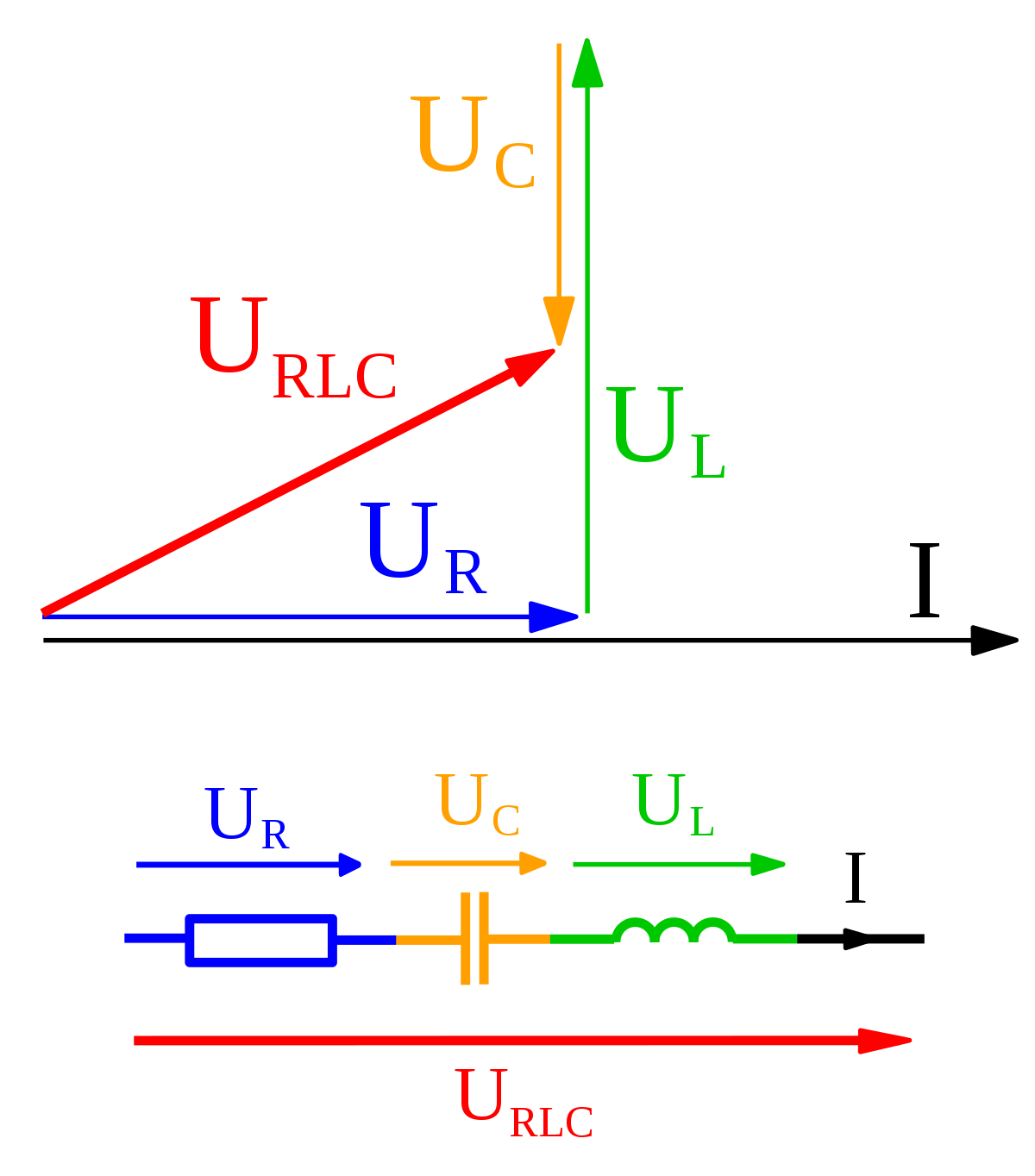steve_bank
Diabetic retinopathy and poor eyesight. Typos ...
On another thread somene asked if e had a physical meaning. It does in the same sense as pi.
When a population changes a fixed percentage per unit of change then the result is an exponential change in size or magnitude.
In an ordinary first order eaquation the transient time response is exponential.
There are different ways to plot exponential functions. Log normal is used to plot frequency response of dynamic systems. The ,707 point,1/sqrt(2), has significance as the half power point.
Exponentials are often represented as logs in db. This allows expoetial functions to be added instead of having to multipy in chains of gain functions.
Phasors are important in dynamic systems.

 en.wikipedia.org
en.wikipedia.org
Exponential growth and decy are easy to demonstrate.
For exponential decay start with a magnitude. Multiply the percent change times the magnitude and subtract from the gnitue. Repeat.
It is compared to use e^x.
In an RC circuit pc would be the tie time constant tau. Tau = R*C.
The exponential for an RC circuit is e^(-t/tau)
When a population changes a fixed percentage per unit of change then the result is an exponential change in size or magnitude.
In an ordinary first order eaquation the transient time response is exponential.
There are different ways to plot exponential functions. Log normal is used to plot frequency response of dynamic systems. The ,707 point,1/sqrt(2), has significance as the half power point.
Exponentials are often represented as logs in db. This allows expoetial functions to be added instead of having to multipy in chains of gain functions.
Phasors are important in dynamic systems.

Phasor - Wikipedia
Exponential growth and decy are easy to demonstrate.
For exponential decay start with a magnitude. Multiply the percent change times the magnitude and subtract from the gnitue. Repeat.
It is compared to use e^x.
In an RC circuit pc would be the tie time constant tau. Tau = R*C.
The exponential for an RC circuit is e^(-t/tau)
Code:
clear
A = 1. // population magnitude
acc = A
pc = .05 //change per dx
n=100
for x = 1:n
//exponential decay
y(x) = acc
acc = acc - (acc*pc)
db(x) = 0 - 10*log10(A/y(x))
//e^x
expd(x) = A*(%e^((-x + 1)*pc)) //exponetial decay
expg(x) = A - A*(%e^((-x + 1)*pc)) //exponetial growth
end
w1 = scf(1)
clf(w1)
plot2d("ln",y) //log normal plot
xgrid
title"log normal"
w2 = scf(2)
clf(w2)
plot2d(y) //linear plot
xgrid
title"linear"
w4 = scf(4)
clf(w4)
plot2d("ln",db) //dbplot
xgrid
title"DB"
w5 = scf(5)
clf(w5)
plot2d(expd) //linear plot
plot2d(expg)
xgrid
title"e^x"